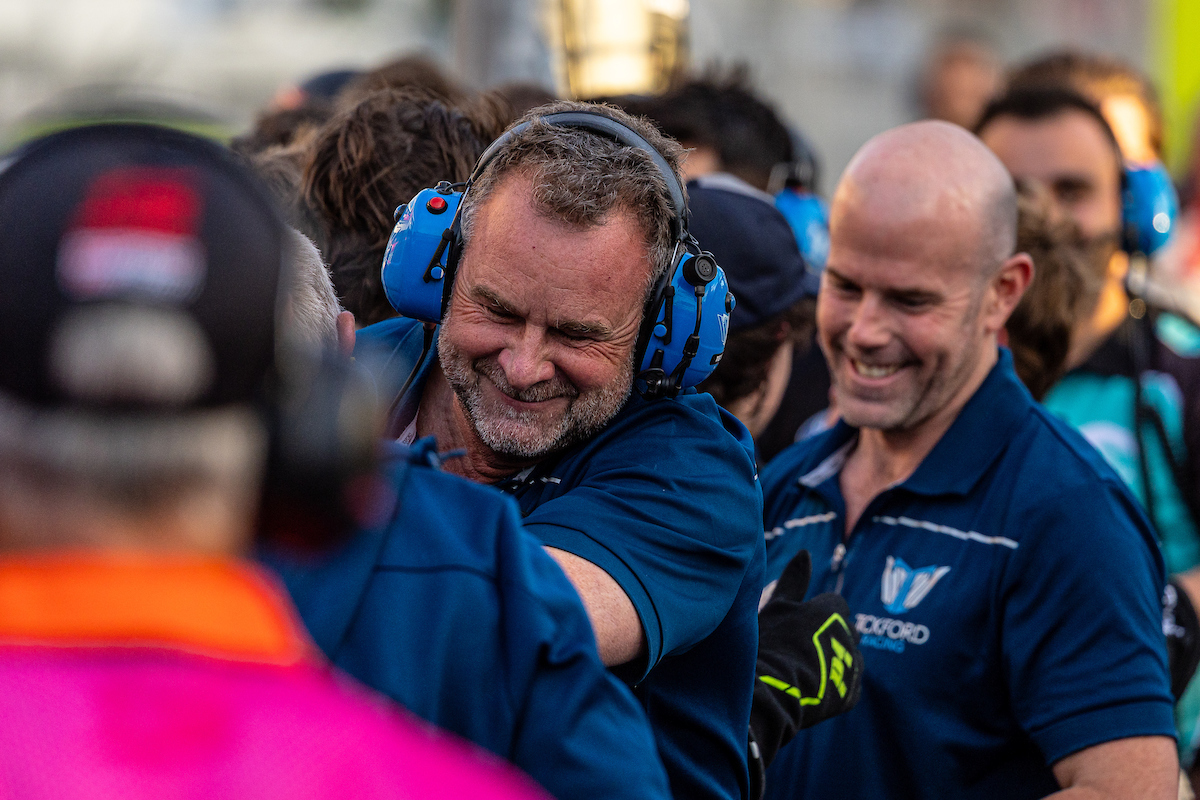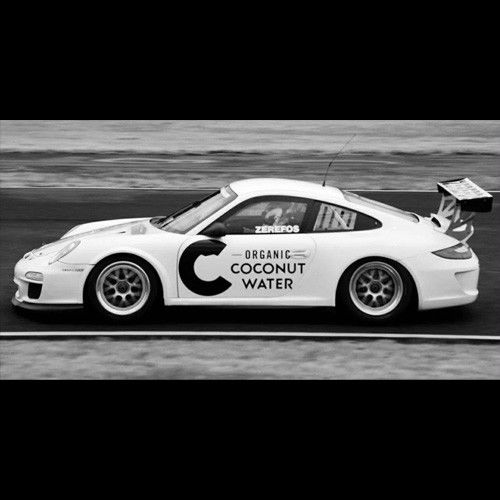

Incoming technical boss Tim Edwards says Gen3 is a good foundation for Supercars despite the teething problems seen this season.
The latest-generation Supercars have endured a rocky introduction this year with both teams and the series itself facing a number of teething problems.
Among them have been engine fires for the Fords and complaints from teams over matters such as costs and repairability.
The biggest issue, however, has been parity, with the Camaro proving to be the more competitive package across the balance of the season.
That has led to a significant investment from Supercars in what will effectively be an off-season re-homologation process involving, for the first time in series history, full scale wind tunnel testing.
That process will be led by Edwards, who arrives as General Manager of Motorsport as a replacement for Team 18-bound Adrian Burgess.
Speaking on the latest episode of the Speedcafe Podcast, Edwards explained how a collaborative approach will be taken to rectifying the Gen3 issues.
He also stressed that “all is not lost” with the Gen3 programme despite the criticism so often levelled at the cars this year.
“Yeah, [fixing Gen3] is part of my portfolio,” said Edwards. “But there’s a large group of people involved in that.
“Yes, I might be the head of the technical and sporting side of the business, but it’s not just me that’s doing this. And there’s there’s a lot of input from the two homologation teams as well. They’re big contributors in it.
“The technical working group has representatives from all teams on it, and all of them collaborate together about whatever particular issue happened at that particular race. So there’s a lot of people involved, much like my current role.
“I’m the conductor in it. Am I going to design a new widget to fix a particular problem? Of course I’m not, that’s not my wheelhouse at all, not my skillset. There’s a lot of people who are going to contribute to improve on what we’ve got.
“But I’d also point out that what we’ve got is not totally broken. I think we’ve still got cars that look amazing, sound amazing, bounce off the kerbs looking amazing… all is not lost, as people try to write.
“The sport has still got a very healthy following and the cars aren’t as bad as, you know… yes, we’ve had a few parity issues that we’re navigating through, but there’s a huge parcel of work in place to to improve the aero parity between both marques. It’s just working through the process.”
Edwards added that, in hindsight, the parity issues were to be expected given the move to an unprecedented level of controlled components.
“We did find ourselves in a position this year where parity was probably always going to be more of a focal point,” he said.
“We had a much wider parity window up until this year, because there was so many differences between the cars. During Car of the Future, we had multiple engine suppliers for each side. We had all different different front suspension configurations, and even parts of the rear suspension that were different between the cars.
“So when you’ve got all these differences between the cars, you never got to truly pinpoint, ‘well, is it the engine? Or is it the or the aero? Or is it actually that the DJR front suspension is better than the Triple Eight front suspension, or the Tickford engine is better than the DJR engine?’ There were so many differences between the cars that there had to be a wider parity window.
“But anyway, that’s not we’ve got this year, we’ve all got the same suspension. And there is only one Ford engine supplier and there is only one GM engine supplier. And so it does probably highlight the parity, or bring it to the surface more than we’ve had in the past.
“But the business has reacted, and the money they’re spending on this wind tunnel testing, and whatever happens with engines, is significant. They are investing big time to ensure that this is all put to bed.”
Hear more from Tim Edwards in the latest episode of the Speedcafe Podcast.




















Discussion about this post